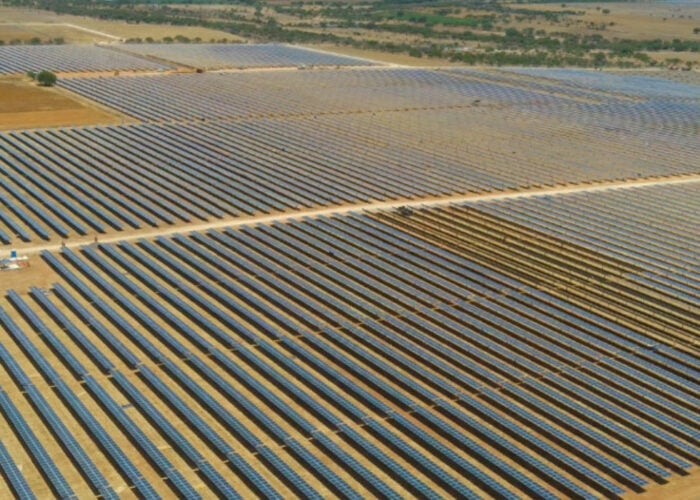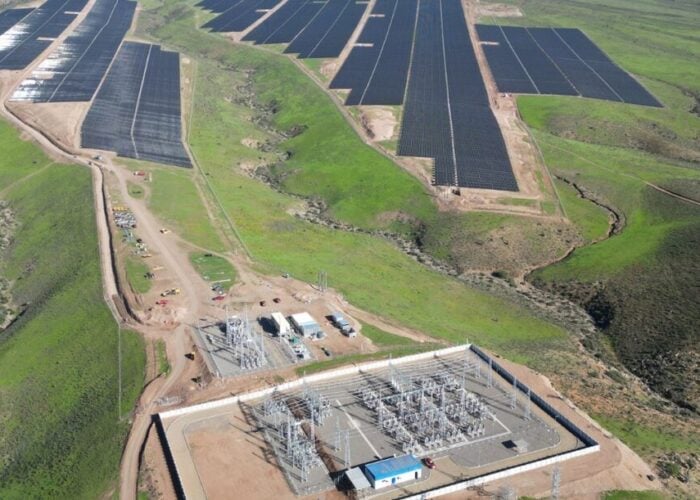Phoenix Solar, the US subsidiary of Phoenix Solar AG from Germany, recently announced the largest PV installation to date in its 14-year history, in the US state of Georgia, after previously announcing its intention to restructure away from European markets and expand into the US and Asia. Lucy Woods caught up with Murray Cameron, founding member and CEO of Phoenix Solar’s US subsidiary, to ask how Phoenix has gone about conquering the US market.
How has Phoenix managed to successfully branch into the US – where so many others have failed?
Try Premium for just $1
- Full premium access for the first month at only $1
- Converts to an annual rate after 30 days unless cancelled
- Cancel anytime during the trial period
Premium Benefits
- Expert industry analysis and interviews
- Digital access to PV Tech Power journal
- Exclusive event discounts
Or get the full Premium subscription right away
Or continue reading this article for free
Before we decided to take the plunge into the US market, we researched for a considerable amount of time; for a number of years we watched the market very closely. We decided EU companies have a problem footing in the US so we wanted to develop our concept first before we took the plunge, three years ago.
How did you structure the re-focusing to US markets?
We took a different approach to EPC opportunities, and used our own ‘EPC plus plus’ model instead; our core is in engineering, procurement and construction, but we also went beyond this, and built a US team to offer permitting services, as permits in the US are extremely complex. We also got people from the utilities companies to help with utilities interaction. There are more than 3,000 utility companies in the US and only a handful of them – a couple of hundred or so – have been exposed to solar, so we have people from utilities companies to help with this.
We also have people from the financing sector; it’s important to have people from a finance background to help manoeuvre [through] the US financing jungle of these projects. Our approach turned out to be rather successful, so mainly we just made sure we had an understanding of the market and a wider market approach.
What is it about the US market that is so appealing right now?
It is less dependent on political will. We developed a romance with the feed-in tariffs (FiTs) in Europe; it was like a romance that blossomed, then evolved into marriage and now we are divorcing from FiTs, there were lots of political ups and downs.
In the US the mechanisms are much more local: at the state level. They are also less sensitive; FiTs are almost non-existent here, and instead they have things like the power purchase agreement programmes.
We believe the US market can achieve sustainable growth, not outrageous growth like the EU market, but more predictable and sustainable growth.
Do you think there is a new trend towards moving from the EU solar market to the US?
We have seen that here, we’re not moving away from the EU but we are focusing on our strengths in the US.
How has the EU/China trade dispute affected Phoenix and its business decisions?
It’s caused uncertainty, although we made the decision to de-focus before the EU-China dispute became a critical issue.
In general though I think the dispute has caused a lot of uncertainty for everyone, it affects every solar company as it affects everyone’s planning. I think there will be a negotiated settlement, but that is not going to come anytime soon which makes planning very difficult.
With two of your European rivals (Gehrlicher and Conergy) recently filling for insolvency, how will Phoenix avoid a similar fate?
We have taken action early on to downsize our German operations, and it’s important for every business, regardless of what sector you’re in, to watch your numbers; cost management is something we have achieved, and driven our operations into re-focusing on the US.
What other ventures does Phoenix have in the pipeline for the US market?
We’re working very hard for projects in 2014 and 2015. We do believe we have a good foothold in the US now, not just because of our recent Georgia project, but also our Chattanooga Volkswagen project completed in 2012; we’ve been working very, very hard to build strong sustainable footholds, so there is a lot in the pipeline still to come in the US.
How would you advise others on making a move or starting up in the US market?
Do your homework very well – it’s very important as Europe’s very different; it’s not easy to understand the US market compared to the European market. First we have to remember, as Europeans, that this country is extremely large. Either focus on a small part of it, or spread out nationally – which are two entirely different investments.
Could the US be the next major market for solar energy?
I think it will develop into a major market like other markets have, such as the Asia-Pacific market; there is huge demand for solar energy here.






